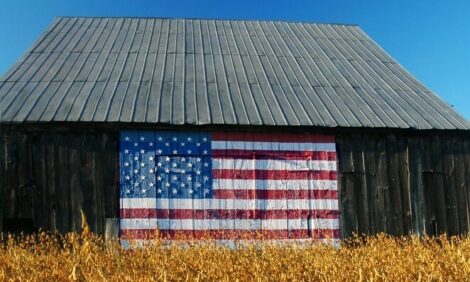



Higher Wheat Yields Key to Improvement
CANADA - Manitoba Pork Council says achieving higher wheat yields is key to improving the competitive position of Canadian livestock producers compared to their U.S. counterparts, writes Bruce Cochrane.The start of the new crop year will see the elimination of kernel visual distinguishability as a registration criterion and grading tool for western Canadian wheat and the introduction of a new Canada Western General Purpose class.
Livestock producers are hoping the changes will allow development of higher yielding wheat varieties suited for livestock and ethanol production.
Manitoba Pork Council chair Karl Kynoch says, with feed grain and transportation costs on the rise, any yield improvements will help.
Karl Kynoch-Manitoba Pork Council
As you know the corn prices were going up and up and any of the corn that was coming in, it did get as high as eight dollars a bushel to bring corn in so that was getting very costly.
It was pushing the break even margins up very high on the hogs and producers were starting to hit heavier losses again.
The corn prices have dropped back a little bit but still there's a lot of nervousness in the industry of where these feed prices are going to go.
The first thing we're looking for is to get some high yields, to get some bushels there.
I know in the ethanol industry they're looking for starch and you always hear about the livestock industry looking for protein but we can add canola meal, we can add soy meal to adjust that protein around so we need to get some volume in there, need to get some bushels and reduce some of this freight cost on bringing the feed grains in.
So we're really looking forward to the breeders moving forward and getting some of these varieties moving and getting the higher yielding grains available for producers to use.
Kynoch concedes, while it will take time for the plant breeders to gear up their research to adjust to the changes, anytime we can increase yields, it will reduce the cost of bringing in feed for hogs.
He says the hog industry needs those higher yields now but he expects it to take two or three years to see some of the significant yield increases livestock producers are hoping for.






